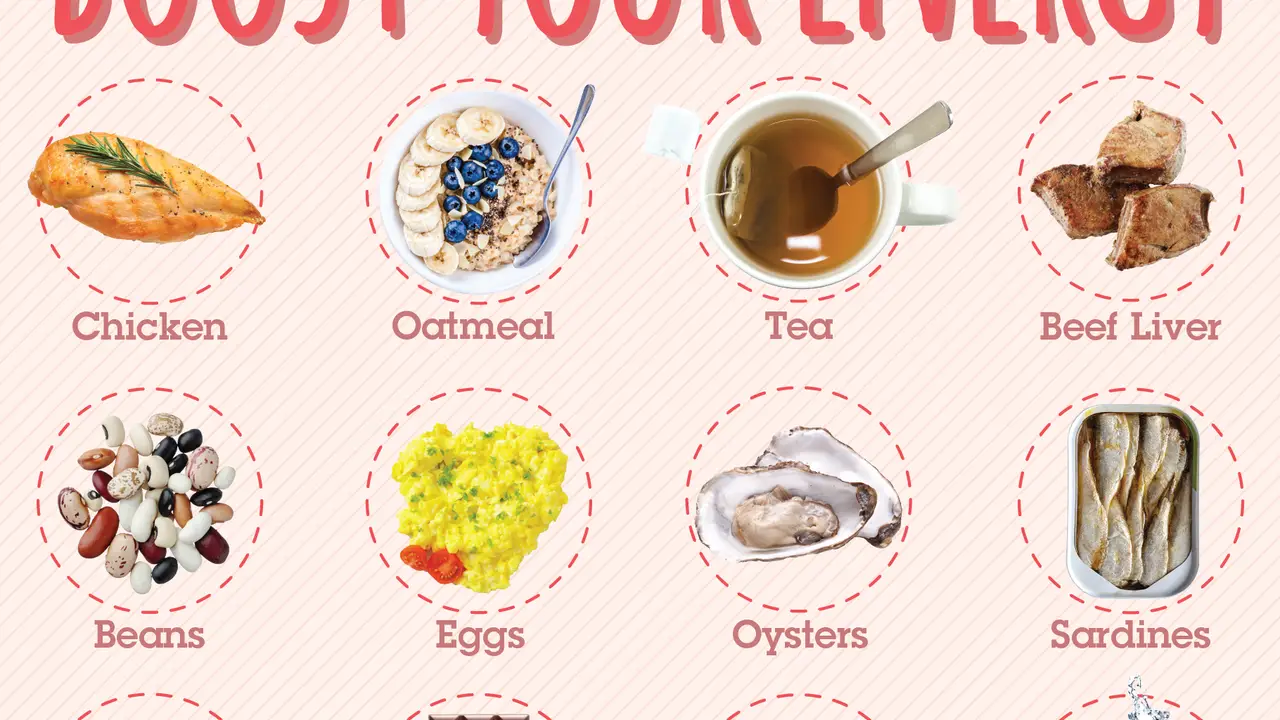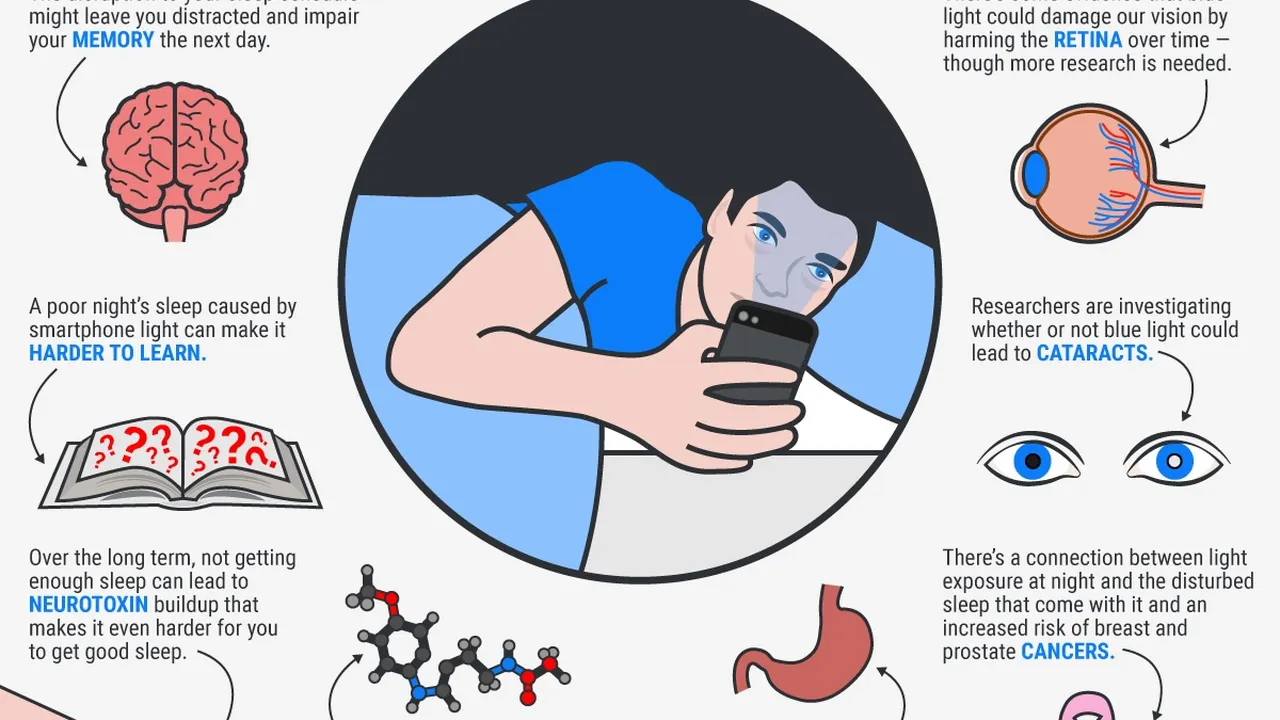The Best Foods to Eat Before Bed for Optimal Sleep
Quitting smoking is one of the best things you can do for your health. Discover effective strategies for quitting smoking and overcoming nicotine addiction. Reclaim your health and live a longer, healthier life.

Understanding Nicotine Addiction The First Step to Quitting Smoking
Okay, let's face it, quitting smoking is tough. Really tough. But it’s also one of the most rewarding things you can ever do for yourself. The first thing to understand is that you're battling an addiction – nicotine addiction. Nicotine is a highly addictive substance found in cigarettes and other tobacco products. It messes with your brain chemistry, creating a cycle of dependence. When you smoke, nicotine releases dopamine, a neurotransmitter that makes you feel good. Over time, your brain starts to crave that dopamine hit, leading to withdrawal symptoms when you try to quit. These symptoms can include irritability, anxiety, difficulty concentrating, and intense cravings.
Understanding this addiction is crucial because it helps you approach quitting with the right mindset. It's not just about willpower; it's about understanding the physiological and psychological factors at play and developing strategies to overcome them. Recognizing that you're dealing with a real addiction can also make it easier to be patient with yourself and seek support when you need it.
Effective Strategies for Quitting Smoking Nicotine Replacement Therapy and Beyond
So, how do you actually quit? There are several effective strategies you can use, and often, a combination of approaches works best. Let's dive into some of the most popular and successful methods:
Nicotine Replacement Therapy (NRT) A Gradual Approach to Reducing Cravings
Nicotine Replacement Therapy (NRT) is a common and effective way to manage nicotine withdrawal symptoms. It works by providing you with a controlled dose of nicotine without the harmful chemicals found in cigarettes. This helps to reduce cravings and allows you to gradually wean yourself off nicotine over time. There are several different types of NRT available:
- Nicotine Patches: These are applied to your skin and release a steady dose of nicotine throughout the day. They're great for providing a baseline level of nicotine to keep cravings at bay.
- Nicotine Gum: This allows you to control your nicotine intake as needed. You chew the gum until you feel a tingling sensation, then park it between your cheek and gum. This allows the nicotine to be absorbed through your mouth.
- Nicotine Lozenges: Similar to gum, lozenges dissolve slowly in your mouth, releasing nicotine and helping to curb cravings.
- Nicotine Inhalers: These deliver nicotine directly to your lungs, mimicking the sensation of smoking. They can be helpful for people who miss the hand-to-mouth action of smoking.
- Nicotine Nasal Spray: This delivers a quick burst of nicotine to your bloodstream, providing fast relief from cravings. However, it can be more addictive than other forms of NRT.
Product Recommendations & Comparisons:
Let's look at some specific NRT products and how they compare:
- Nicorette Nicotine Gum (2mg & 4mg): This is a widely popular choice. The 2mg gum is suitable for people who smoke less than 25 cigarettes a day, while the 4mg gum is better for heavier smokers. Pros: Widely available, easy to use, allows for on-demand craving relief. Cons: Can cause jaw soreness, requires proper chewing technique. Price: Around $30-$40 for a 100-piece pack.
- Commit Nicotine Lozenges (2mg & 4mg): Similar to Nicorette gum, Commit lozenges offer on-demand craving relief. Pros: Discreet, no chewing required, pleasant taste. Cons: Can cause heartburn, may take longer to relieve cravings compared to gum. Price: Around $35-$45 for an 81-piece pack.
- NicoDerm CQ Nicotine Patch (Step 1: 21mg, Step 2: 14mg, Step 3: 7mg): NicoDerm CQ patches provide a steady dose of nicotine throughout the day. The stepping system allows you to gradually reduce your nicotine intake over several weeks. Pros: Easy to use, provides consistent nicotine levels, requires minimal effort. Cons: Can cause skin irritation, may not provide enough nicotine for heavy smokers, less flexible than gum or lozenges. Price: Around $40-$50 for a 14-patch pack.
- Generic Nicotine Patches: Many pharmacies offer generic nicotine patches that are significantly cheaper than brand-name options. They contain the same active ingredient (nicotine) and are just as effective. Pros: More affordable. Cons: May not have the same adhesive quality as brand-name patches. Price: Around $25-$35 for a 14-patch pack.
- Nicotrol Nicotine Inhaler: This inhaler delivers nicotine vapor directly to the lungs, mimicking the sensation of smoking. Pros: Mimics the hand-to-mouth action of smoking, provides a controlled dose of nicotine. Cons: Requires a prescription, can be more expensive than other NRT options. Price: Varies depending on insurance coverage.
Choosing the right NRT: Consider your smoking habits, preferences, and budget when choosing an NRT. If you're a heavy smoker, you might want to start with a higher dose patch or use a combination of a patch and gum or lozenges for breakthrough cravings. If you miss the hand-to-mouth action of smoking, an inhaler might be a good option.
Prescription Medications Doubling Down on Quitting Power
In addition to NRT, there are also prescription medications that can help you quit smoking. These medications work by targeting different aspects of nicotine addiction. Two common options are:
- Bupropion (Zyban): This medication is an antidepressant that can help reduce cravings and withdrawal symptoms. It works by affecting the levels of certain neurotransmitters in the brain.
- Varenicline (Chantix): This medication works by partially blocking nicotine receptors in the brain. This reduces the pleasurable effects of nicotine and helps to prevent cravings.
Product Recommendations & Comparisons:
- Bupropion (Zyban): Pros: Can improve mood, effective for reducing cravings. Cons: Can cause side effects such as insomnia, dry mouth, and anxiety. Requires a prescription. Price: Varies depending on insurance coverage. Generic versions are generally more affordable.
- Varenicline (Chantix): Pros: Highly effective for quitting smoking, can significantly reduce cravings. Cons: Can cause side effects such as nausea, insomnia, and vivid dreams. Requires a prescription. Has a history of being associated with serious psychiatric side effects, though more recent studies suggest the risk is lower than initially thought. Consult with your doctor about the potential risks and benefits. Price: Varies depending on insurance coverage.
Important Note: Prescription medications for quitting smoking should only be used under the guidance of a doctor. They can have side effects and may not be suitable for everyone.
Behavioral Therapy and Counseling Addressing the Psychological Addiction
Quitting smoking is not just about breaking the physical addiction; it's also about addressing the psychological and behavioral aspects of smoking. Behavioral therapy and counseling can help you identify triggers that make you want to smoke and develop coping strategies to deal with them.
Types of Behavioral Therapy:
- Cognitive Behavioral Therapy (CBT): CBT helps you identify negative thought patterns and behaviors that contribute to your smoking habit. You'll learn to replace these with more positive and healthy coping mechanisms.
- Motivational Interviewing: This type of therapy helps you explore your reasons for wanting to quit smoking and build your motivation to succeed.
- Group Therapy: Joining a support group with other people who are trying to quit smoking can provide you with a sense of community and accountability.
Finding a Therapist or Counselor: Ask your doctor for a referral or search online for therapists or counselors who specialize in smoking cessation. Many insurance plans cover behavioral therapy and counseling.
Lifestyle Changes Supporting Your Quit Journey
Making lifestyle changes can significantly boost your chances of quitting smoking successfully. Here are some key areas to focus on:
- Diet: Eat a healthy diet rich in fruits, vegetables, and whole grains. Avoid processed foods, sugary drinks, and excessive caffeine, as these can trigger cravings.
- Exercise: Regular exercise can help reduce stress, improve mood, and distract you from cravings. Even a short walk can make a difference.
- Sleep: Get enough sleep. Lack of sleep can increase stress and make it harder to resist cravings.
- Hydration: Drink plenty of water. Staying hydrated can help flush nicotine out of your system and reduce withdrawal symptoms.
Identifying and Managing Triggers Avoiding Temptation
Triggers are situations, places, people, or emotions that make you want to smoke. Identifying your triggers is essential for developing coping strategies. Common triggers include:
- Stress: Many people smoke to cope with stress. Find alternative ways to manage stress, such as exercise, yoga, or meditation.
- Alcohol: Alcohol can lower your inhibitions and make it harder to resist cravings. Avoid alcohol, especially in the early stages of quitting.
- Coffee: Coffee can trigger cravings in some people. Try switching to tea or herbal alternatives.
- Social Situations: Being around other smokers can make it harder to quit. Avoid situations where you'll be tempted to smoke, or ask your friends and family for support.
- After Meals: Many people smoke after meals. Try brushing your teeth, chewing gum, or going for a walk after eating.
Building a Support System You're Not Alone
Quitting smoking is much easier when you have a strong support system. Tell your friends, family, and coworkers that you're quitting and ask for their support. Consider joining a support group or online forum where you can connect with other people who are going through the same thing. Having people to talk to who understand what you're going through can make a huge difference.
Dealing with Withdrawal Symptoms Managing the Discomfort
Withdrawal symptoms are a common side effect of quitting smoking. They can range from mild to severe and can include:
- Cravings: Intense urges to smoke.
- Irritability: Feeling easily frustrated or annoyed.
- Anxiety: Feeling nervous or worried.
- Difficulty Concentrating: Having trouble focusing on tasks.
- Restlessness: Feeling fidgety or unable to relax.
- Insomnia: Having trouble falling asleep or staying asleep.
- Increased Appetite: Feeling hungrier than usual.
Strategies for Managing Withdrawal Symptoms:
- Use NRT or prescription medications as directed.
- Practice relaxation techniques, such as deep breathing or meditation.
- Exercise regularly.
- Get enough sleep.
- Drink plenty of water.
- Distract yourself with activities you enjoy.
- Talk to your doctor if your symptoms are severe.
Relapse Prevention Staying Strong for the Long Haul
Relapse is a common part of the quitting process. Don't get discouraged if you slip up and have a cigarette. It doesn't mean you've failed. Just learn from the experience and get back on track.
Strategies for Relapse Prevention:
- Identify your triggers and develop coping strategies.
- Avoid situations where you'll be tempted to smoke.
- Continue to use NRT or prescription medications as needed.
- Stay connected with your support system.
- Remember your reasons for quitting.
- Be prepared for cravings and have a plan for dealing with them.
- Don't beat yourself up if you slip up. Just learn from the experience and move on.
Celebrating Your Success Recognizing Your Achievement
Quitting smoking is a huge accomplishment. Be sure to celebrate your success and reward yourself for your hard work. Acknowledge how far you've come and the positive impact quitting has had on your health and well-being. Treat yourself to something you enjoy, like a massage, a new book, or a weekend getaway. You deserve it!
:max_bytes(150000):strip_icc()/277019-baked-pork-chops-with-cream-of-mushroom-soup-DDMFS-beauty-4x3-BG-7505-5762b731cf30447d9cbbbbbf387beafa.jpg)






